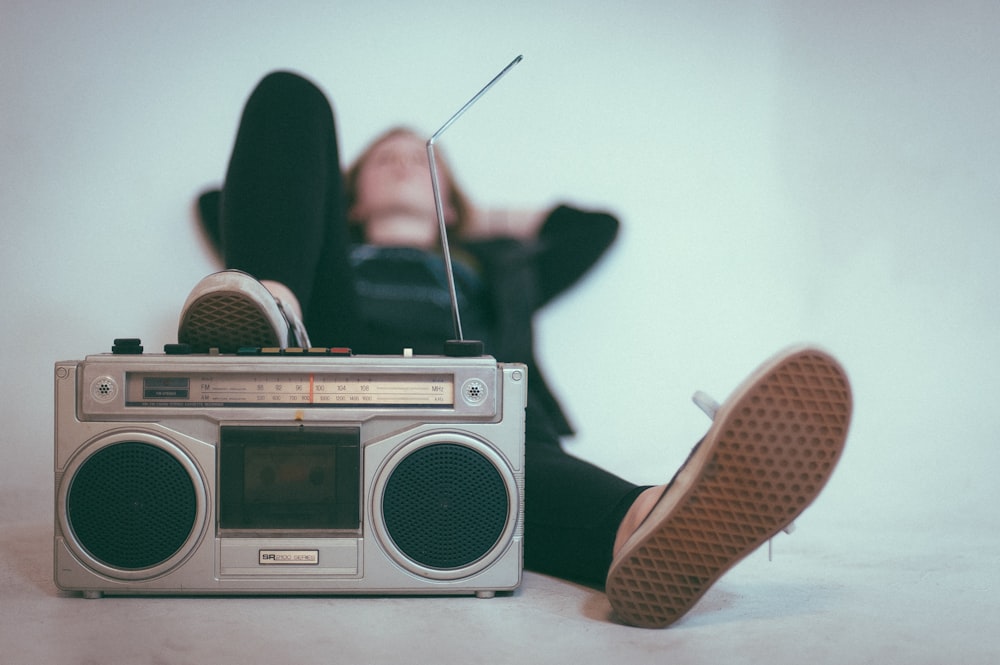目次
リズムに合わせたトレーニングがパーキンソン症例の歩行能力改善に有効?
パーキンソン病症例の歩行障害って対応が難しいですよね.
これまでにもパーキンソン病症例の歩行障害に対してさまざまな介入の有効性が報告されております.
臨床上も聴覚刺激を使ったパーキンソン病症例の歩行障害に対してアプローチすることって多いと思います.
今回はリズムに合わせたトレーニングがパーキンソン症例の歩行能力改善に有効なのかどうかを考えるうえで参考になる論文をご紹介させていただきます.

今回ご紹介する論文
Randomized Controlled Trial Medicine (Baltimore). 2019 Nov;98(45):e17874. doi: 10.1097/MD.0000000000017874.
Effects of rhythmic auditory cueing on stepping in place in patients with Parkinson’s disease
Hsiu-Yun Chang 1, Ya-Yun Lee 1, Ruey-Meei Wu 2, Yea-Ru Yang 3, Jer-Junn Luh 1 4
Affiliations expand
PMID: 31702655 PMCID: PMC6855520 DOI: 10.1097/MD.0000000000017874
今回ご紹介する論文は2019年に掲載された論文です.
研究の背景
Background: Stepping in place (SIP) is a useful locomotor training intervention. The purpose of this study was to investigate the effects of single auditory-cued SIP training on cortical excitability, rhythmic movements and walking ability in patients with Parkinson’s disease(PD).
ステップ運動(SIP)は、運動機能トレーニングとして有用であります.
この研究ではパーキンソン病(PD)症例において聴覚を手がかりとした単一ステップ運動が皮質の興奮性,リズム運動,歩行能力に及ぼす影響を検討することを目的としております.
研究の方法
Methods: Cross-over randomized control trial. Each participant completed two interventions with at least one-week washout period in between: (1) SIP with concurrent auditory cues (AC condition) and (2) SIP without auditory cues (NC condition).
研究デザインはクロスオーバー無作為化対照試験となっております.
対象者は少なくとも1週間のウォッシュアウト期間を挟んで,(1)聴覚的手がかりを同時に用いたステップ運動(AC条件),(2)聴覚的手がかりを用いないステップ運動(NC条件)の2つの介入を行っております.
研究の結果
Results: In the primary outcome, the cortical silent period (CSP) duration increased (P = .005), whereas short intracortical inhibition (SICI) decreased after training (P = .001). Freezers demonstrated enhanced inhibition in the resting motor threshold and CSP duration. SICI and intracortical facilitation were modulated in both groups under the AC condition. In the secondary outcomes, the stepping variability decreased significantly (AC: P = .033; NC: P = .009), whereas walking cadence increased after training (AC: P = .019; NC: P = .0023).
主要評価項目において皮質内サイレント期間(CSP)持続時間はトレーニング後に増加し(P = 0.005),一方で皮質内短時間抑制(SICI)はトレーニング後に減少しました(P = 0.001).
すくみ足は安静時運動閾値とステップ運動持続時間において抑制の増強を示しました.
皮質内短時間抑制と皮質内促進は両群とも聴覚的手がかりを同時に用いたステップ運動条件下で調節されました.
副次的アウトカムではステップ変動は有意に減少し(聴覚的手がかりを同時に用いたステップ運動:P = 0.033、NC:P = 0.009),歩行ケイデンスはトレーニング後に増加しました(AC:P = 0.019、聴覚的手がかりを用いないステップ運動:P = 0.0023).
研究の結論
Conclusions: Auditory-cued SIP training improved the lower-limb movement variability and modulated the cortical excitability in patients with PD. Freezers may benefit more from this training than nonfreezers.
聴覚誘発ステップ運動はパーキンソン病症例において下肢運動の変動を改善し,皮質の興奮性を調節しました.
すくみ足のある所る英はすくみ足のない症例よりもこのトレーニングの恩恵を受ける可能性があります.
今回はリズムに合わせたトレーニングがパーキンソン症例の歩行能力改善に有効なのかどうかを考えるうえで参考になる論文をご紹介させていただきました.
今回の結果から考えるとすくみ足を有する症例に対してはリズムに合わせたトレーニングが有効な可能性がありますね.






